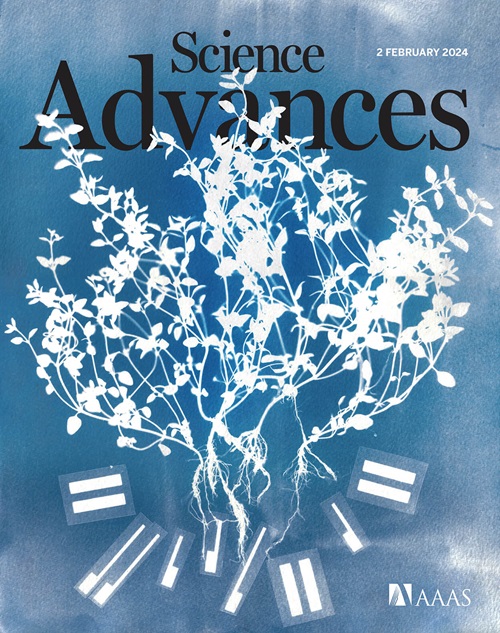不对称战术导航局部金属自旋状态,以实现可持续的碱性/海水氧化
IF 11.7
1区 综合性期刊
Q1 MULTIDISCIPLINARY SCIENCES
引用次数: 0
摘要
阳极析氧反应(OER)涉及自旋依赖的单重态到三重态氧转换,在很大程度上限制了水电解制氢的效率。然而,对于大多数OER催化剂来说,自旋态的调制仍然是一个挑战,对于OER中活性自旋态的解码仍然存在争议。在这里,我们首创了一种不对称的含铁NiPS3策略系统,以调整金属的局部自旋,从而实现高效的OER电催化。揭示了中旋FeIII位点和P/S配位的协同作用可以有效提高OER活性和耐氯选择性。结果表明,基于Fe/ nips3的不对称电极在碱性/海水中表现出1.50伏/1.52伏的低电池电压,电压为10毫安/平方厘米,并能持续保持1000小时。它还在阴离子交换膜水电解槽中提供持久的性能,在45°C的低工作电压下。本研究将原子定域自旋态作为优选高效非贵重碱性/海水氧化电催化剂的标准。本文章由计算机程序翻译,如有差异,请以英文原文为准。
Asymmetric tacticity navigates the localized metal spin state for sustainable alkaline/sea water oxidation
Anodic oxygen evolution reaction (OER) that involves a spin-dependent singlet-to-triplet oxygen changeover largely restrains the water electrolysis efficiency for hydrogen production. However, the modulation of spin state is still challengeable for most OER catalysts, and there remains a debate on deciphering the active spin state in OER. Here, we pioneered an asymmetric Fe-incorporated NiPS3 tactic system to retune the metal localized spin for efficient OER electrocatalysis. It is unraveled that the synergistic effect of medium-spin FeIII site and P/S coordination can effectively boost OER activity and Cl resistance selectivity in alkaline/sea water. Resultantly, the Fe/NiPS3-based asymmetric electrodes exhibit low cell voltages of 1.50 volts/1.52 volts in alkaline/sea water at 10 milliamperes per square centimeter, together with a sustainable retention for 1000 hours. It also delivers the durable performance in anion exchange membrane water electrolyzers with a low operation voltage at 45°C. This research navigates the atomic localized spin state as the criterion in rationalizing efficient nonprecious alkaline/sea water oxidation electrocatalysts.
求助全文
通过发布文献求助,成功后即可免费获取论文全文。
去求助
来源期刊

Science Advances
综合性期刊-综合性期刊
CiteScore
21.40
自引率
1.50%
发文量
1937
审稿时长
29 weeks
期刊介绍:
Science Advances, an open-access journal by AAAS, publishes impactful research in diverse scientific areas. It aims for fair, fast, and expert peer review, providing freely accessible research to readers. Led by distinguished scientists, the journal supports AAAS's mission by extending Science magazine's capacity to identify and promote significant advances. Evolving digital publishing technologies play a crucial role in advancing AAAS's global mission for science communication and benefitting humankind.
 求助内容:
求助内容: 应助结果提醒方式:
应助结果提醒方式:


